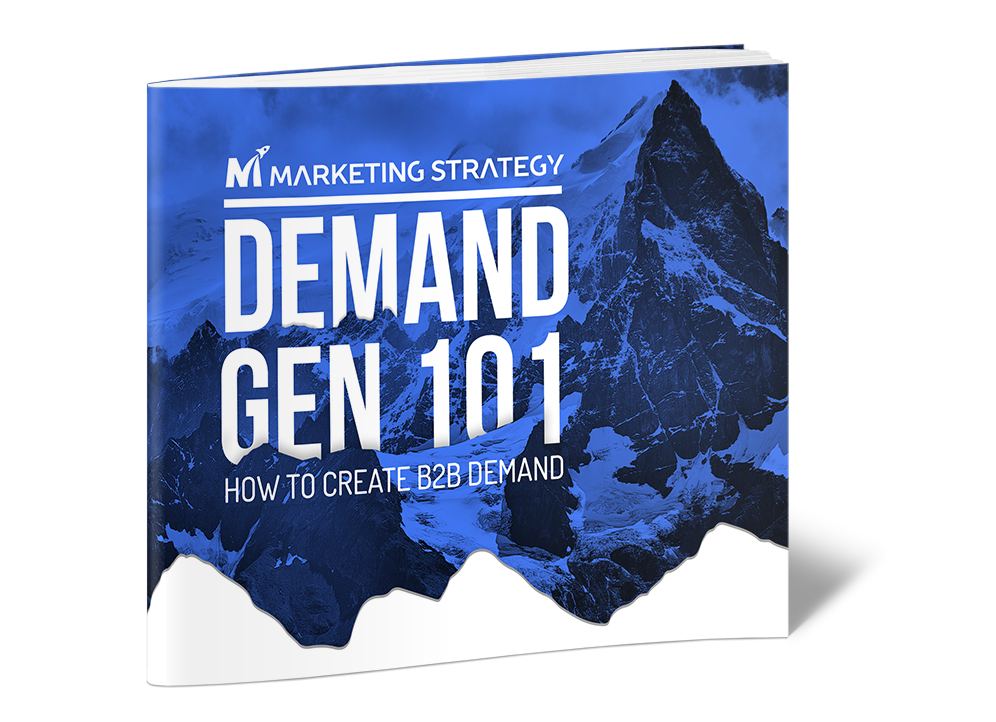I once estimated that I had a hand in building or executing demand creation campaigns that supported over $150B in sales. That’s a big number. And it represents the goal of many hundreds of marketing programs and demand creation efforts. Yet, that number would have been much bigger had even 1/3 of those campaigns been truly effective. But they weren’t.
I’d estimate that perhaps 1 in 10 of the marketing campaigns we ran was really effective. It sounds shockingly low to be sure. But I’d wager that it’s not much different than the performance achieved by most B2B firms. Certainly not those whose marketing I’ve had a chance to take a look at in the past 18 months.
B2B marketing is hard to do consistently well.
Why is it so low? There are many reasons – some of which I’ll blog about another time. For me, one stands out: the failure to measure the right thing, the right way. Without good and valid measurement performance becomes art – it is in the eye of the beholder. Which is why I’ve become such a fan of the insights of Rosser Reeves.
Rather than dwell on why things don’t work it’s more useful to understand something about the 10% that do work. In all of my experience I observed that, time and again, successful B2B marketing campaigns share five things in common.
- The target market is well and accurately described. Painstakingly well-defined market and buying profiles take the guesswork out of creating demand. A sturdy profile is like a pilot’s pre-flight checklist. It leaves nothing to chance. In B2B where the demand most often must be harvested by the sales organization, the target profile is both map and compass. It increases the odds that a sales person will know, in advance, exactly who to prospect, where to find them, and how to appeal to them.
- A superior value proposition. For starters, there must be a tangible and relevant benefit to the buyer. And to raise the bar that benefit must be unique to the firm among its competitors, and compelling enough to drive a spike in order to increase velocity and volume. And that applies to every vertical or horizontal segment the firm chooses to pursue. What resonates for a pharmaceutical buyer may be ho-hum to a heavy equipment manufacturer.
- A concrete and compelling market offer. In a world of seemingly limitless choice your offer must stand out from the crowd. It must be concrete, easy to understand, easy to accept (not the no-brainer you might think it is) and beneficial to act upon. An action to take, a period of time in which to act, a configuration to purchase – overall, a reason to decide in favor of your product, and decide now.
- Buyer Engagement. “If you build a better mousetrap the world will …” most certainly not beat a path to your door, let alone know where to find your door. You must proactively choose how to get buyer attention and present your offer. The buyer can find you (the web) or you can find them (email, direct mail, social media, telesales, personal sales). I don’t prefer one over the other. I prefer both. Together, acting in unison. Just like meeting up at a restaurant.
- A call-to-action for the Sales organization. I have seen more potentially good marketing campaigns become also-rans because Marketing did not invite Sales to the party. The first test of whether a marketing program can be sold is to sell it to Sales. If Sales buys into it you are assured of a winner. If you can transfer confidence to the sales organization you can expect it will find its way to the customer. Sales is your test kitchen. You must teach them the recipe. Let them taste the finished product. And show them how to make it on their own. Only with guidance served up under a critical eye can performance follow.
Following these principles assures that the B2B marketer will enjoy satisfactory results for her efforts.














Leave a Reply